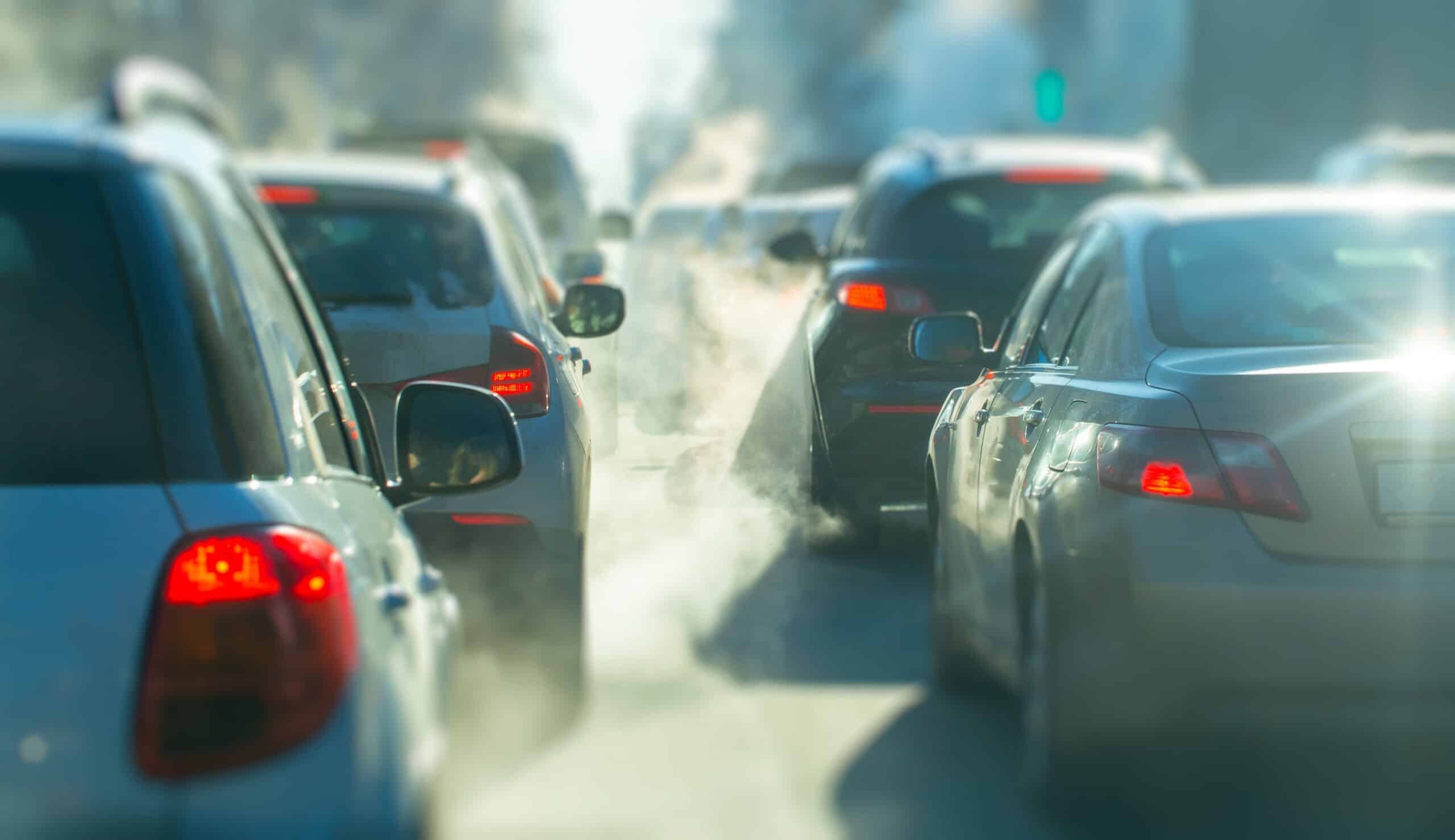Recent research published in the Annals of Internal Medicine from the University of Washington suggests that those health risks can also be seen in those traveling on busy roads. Finding that unfiltered air from rush hour traffic can significantly increase passengers’ blood pressure while in the car and for up to 24 hours later.
“The body has a complex set of systems to try to keep blood pressure to your brain the same all the time. It’s a very complex, tightly regulated system, and it appears that somewhere, in one of those mechanisms, traffic-related air pollution interferes with blood pressure,” said Joel Kaufman, a UW physician and professor of environmental and occupational health sciences who led the study.
Previous research found that exposure to diesel exhaust fumes increased blood pressure in a controlled environment, this study was designed to test this finding in real-world settings by isolating the effects of traffic-related air pollution.
For this study, healthy participants between the ages of 22-45 years old were driven through Seattle rush hour traffic while their blood pressure was being monitored. On 2 of the rides, unfiltered road air was allowed to enter the vehicle, and on a third ride, the car was equipped with high-quality HEPA filters that blocked out 86% of particulate pollution. The participants were not aware if they were on a clean-air drive or a regular roadway ride.
According to the researchers, breathing in the unfiltered air resulted in a net blood increase of more than 4.50 mm HG when compared to the filtered air drives. Additionally, the increase occurred rapidly, reaching the peak within an hour into the ride and it held steady for at least 24 hours after the drive.
Traffic-related air pollution is the main cause of air quality variation from community to community in most metropolitan areas. It was noted that the size of the increase is comparable to the effects of a high sodium diet, and that testing did not go further than the 24-hour mark. The results also raise concerns about ultrafine particles which are unregulated particles that are less than 100 nanometers in diameter. Traffic-related air pollution contains high concentrations of ultrafine particles, and in this study, the unfiltered air contained very high levels, though the overall level of pollution was measured by fine particle concentrations (PM 2.5).
“We know that modest increases in blood pressure like this, on a population level, are associated with a significant increase in cardiovascular disease,” Kaufman said. “There is a growing understanding that air pollution contributes to heart problems. The idea that roadway air pollution at relatively low levels can affect blood pressure this much is an important piece of the puzzle we’re trying to solve.”
“Ultrafine particles are the pollutant that were most effectively filtered in our experiment – in other words, where the levels are most dramatically high on the road and low in the filtered environment,” Kaufman said. “So, the hint is that ultrafines may be especially important [for blood pressure]. To actually prove that requires further research, but this study provides a very strong clue as to what’s going on.”
“This study is exciting because it takes the gold-standard design for laboratory studies and applies it in an on-roadway setting, answering an important question about the health effects of real-world exposures. Studies on this topic often have a challenging time separating the effects of pollution from other roadway exposures like stress and noise, but with our approach the only difference between drive days was air pollution concentration,” said Michael Young, a former UW postdoctoral fellow in the Department of Environmental and Occupational Health Sciences and lead author of the new study. “The findings are valuable because they can reproduce situations that millions of people actually experience every day.”
This research was funded by the U.S. Environmental Protection Agency and the National Institutes of Health.




